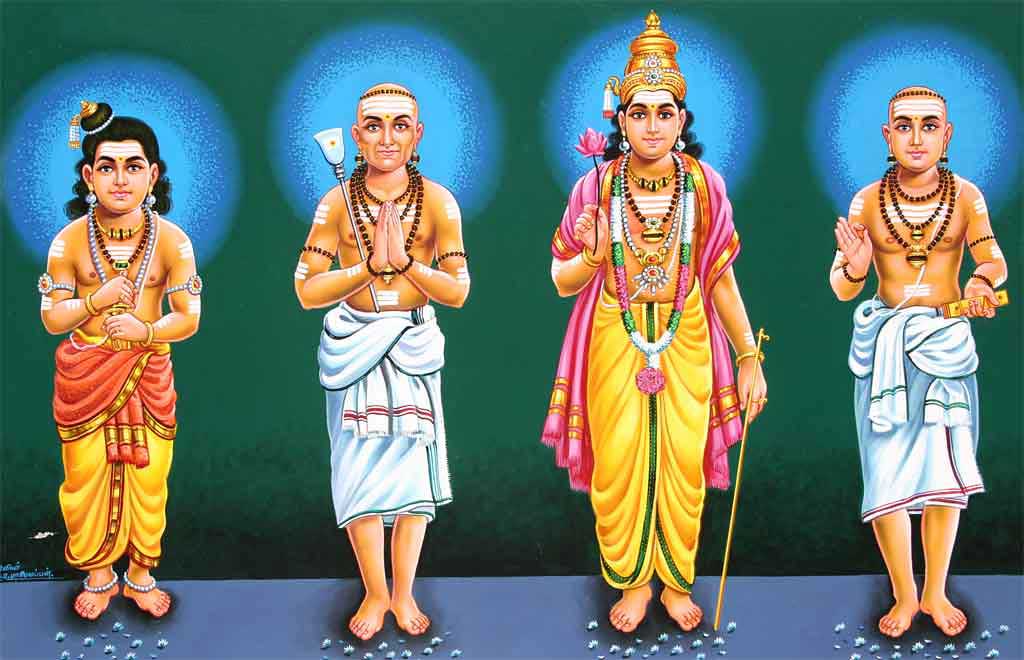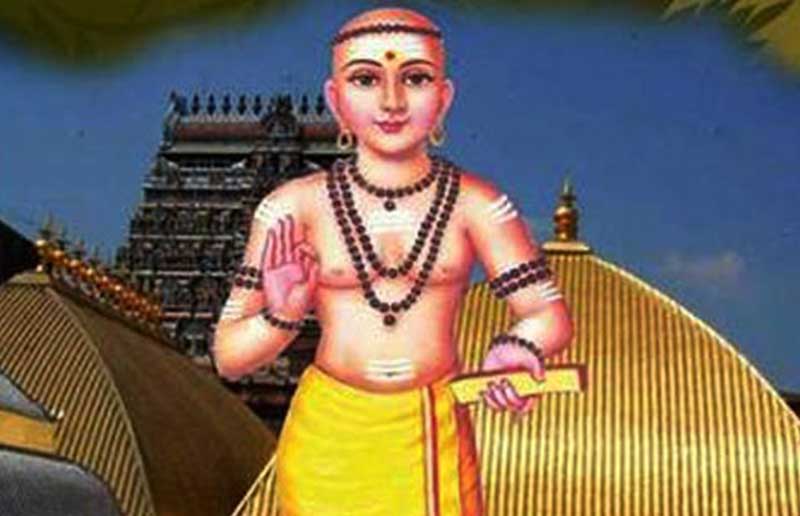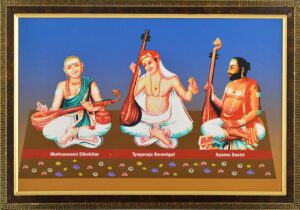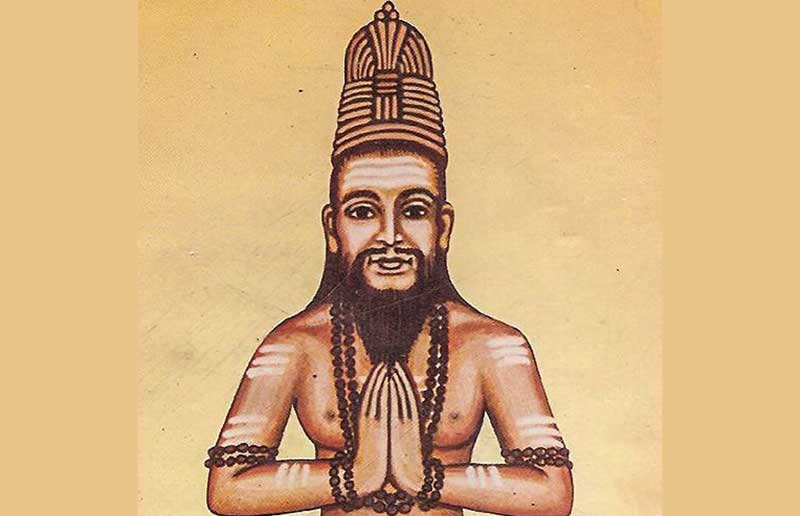About
A Classical Carnatic Music Instructor who hails from India and currently devoting time serving as a Music Instructor teaching Thevaram, Thiruvasagam and Sangeetham to young people and adults all over the world.
Overview
Learning music is not just about the goal, but the journey that is rather enriching and powerful to one’s personal and spiritual development. In our classes, we aim to teach with passion and rigour to embed music in the students’ lives.
Thevaram
The Thevaram has 796 hymns. Each hymn contains pathikam. Predominantly all hymns contain ten or eleven verses. Each verse is a four line melodic stanza with an embedded refrain. The hymns of Thirunyanasambandar and Sundarar also embed a signature in the last verse, where the poet-saint shares some personal information, or the benefits of listening to or singing that hymn, or the context of that hymn. The hymns of Appar too include a signature in the last verse, but they characteristically are linked to the Ramayana through Ravana’s mythical devotion before he lost his way.

The hymns are set to music denoted by ‘panns’ with a raagam and thalam. The traditional manuscripts arrange the hymns according to musical modes, or ‘panmurai’. The Thevaram hymns are set to 23 of the 103 pan scale modes of Ancient Tamil music, and they are meant to be sung while accompanied with a stringed musical instrument. Professional singing of the Thevaram hymns at large Siva temples has been a Tamil tradition since at least the 11thcentury. Today, many younger generations are keen in learning and enriching themselves.
Thiruvaasagam
Thiruvasagam is a volume of Tamil hymns composed by the ninth century Saivite bakthi poet Manikkavasagar. It contains 51 compositions and constitutes the eighth volume of the Thirumurai, the sacred anthology of the Tamil Saiva Siddhanta. As the legend goes, Thiruvasagam is the only work which is signed as well as written by Lord Siva in guise of a Tamil man when narrated by Manikkavasagar. The palm leaf manuscript had been seen inside the locked sanctum sanctorum of Thillai Nataraja with the Lord’s signature.

Sangeetham
The basic elements of śruti (the relative musical pitch), swara (the musical sound of a single note), rāga (the mode or melodic formulæ), and tala (the rhythmic cycles) form the foundation of improvisation and composition in music. Although improvisation plays an important role, Carnatic music is mainly sung through compositions, especially the kriti (or kirtanam) – a form developed between the 14th and 20th centuries by composers such as Purandara Dasa and the Trinity of Carnatic music. Carnatic music is also usually taught and learned through compositions.

Thirupugal
It literally means ‘Holy Praise’ or ‘Divine Glory’, a 15th-century anthology of Tamil religious songs dedicated to Lord Murugan, written by the poet-saint Arunagirinaadhar. The anthology is considered one of the central works of medieval Tamil literature, both for its poetical and musical qualities, and for its religious, moral and philosophical content.

